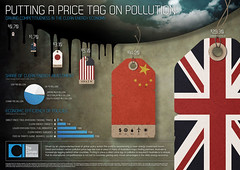 Valuing natural assets, like near pristine bushland and water catchments, is not always easy. Dr David Suzuki, at a recent Legacy Lecture in Adelaide, put it succinctly saying: 'in his view it was no longer acceptable to damage pristine environmental systems - there are far too few of them left'.
Valuing natural assets, like near pristine bushland and water catchments, is not always easy. Dr David Suzuki, at a recent Legacy Lecture in Adelaide, put it succinctly saying: 'in his view it was no longer acceptable to damage pristine environmental systems - there are far too few of them left'.The Australian New South Wales Planning Assessment Commission agrees. In its Project Assessment of BHP's 60 billion dollar coal project - just outside of Sydney - it found:
"the level of impacts proposed ... for some significant natural features are no longer acceptable practice. ... The Panel is of the view that it is no longer a viable proposition for mining to cause more than negligible damage to pristine or near-pristine waterways in drinking water catchments or where these waterways are elements of significant conservation areas or significant river systems."
BHP Billiton, after previously holding the project was only viable with mining under this area of significance have now revised the project. The decision effectively puts a high value on significant natural assets. Arguably, the difference between the previous project's value and the new significantly reduced mining proposal.











